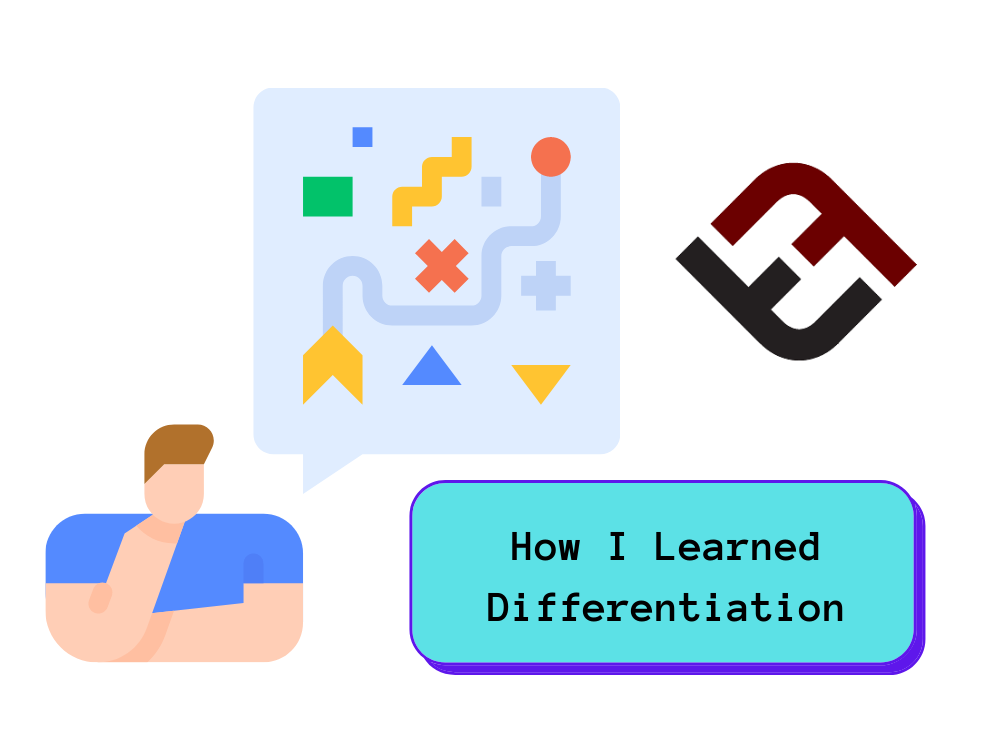
How I Learned Differentiation
contributed by Jessica Hocket
contributed by Jessica Hocket, ASCD
As a middle and high school student, I had few choices in learning and fewer assignments that I would have called ‘fun’ or even worthwhile.
Then, as a teacher, I pledged to make better use of adolescents’ time and let them choose from meaningful tasks whenever possible. Looking back through old computer files of things I actually did, I see that I was somewhat ‘successful’ in designing activities that were more engaging than what I had experienced myself. But many of these efforts—which I considered ‘differentiated’—also fell far short of what Carol Ann Tomlinson calls ‘respectful’ differentiation. One instance from my second year of teaching stands out in particular.
I was scouring the Internet for activities related to an upcoming novel when I found a ready-made learning menu of tasks related to that book. It used grades as motivational organizers for differentiation. Students could ‘choose’ their own grade by doing several activities. If they wanted a C, they would do one list of tasks. If they wanted a B, they had to do the C tasks, plus the B tasks, and so on.
Within each group of activities, there were also some choices and a range of product options. I gave them several weeks to complete the tasks, allowing them to work on it in class periodically. At the time, this approach seemed to satisfy my goals of giving students autonomy and chances to be creative.
My students seemed to appreciate the ownership that the menu gave, and for the most part, completed the work on time and according to the directions. I didn’t use it again (mostly because I thought it created too much work for me to grade!). Time, experience, and the work and wisdom of others helped me see the real problems in my approach to differentiation. In hindsight, there are three guidelines that I would give to my novice self.
‘Different’ isn’t the same as ‘differentiated.’
The menu I adapted and used offered students an array of tasks loosely bound together by their connection to the same story. If my goal was for students to simply read the book and do some activities around it, I achieved it. But my learning goals should have been more focused, specific, and measurable. Without common goals, tasks like those I offered are simply different from one another but not truly differentiated. Some of the options were related to character motive, others to settings, others to themes, and others to making comparisons with other literature.
Still, others weren’t connected to any discernible goals—they were just fun. I didn’t have all students working toward the same goals via varied routes; I had different routes to destinations that were miles apart. I later realized I didn’t need to offer a laundry list of choices. A few (or even two) carefully designed, authentic tasks tightly aligned to the same learning goals are what it takes to differentiate well.
Qualitative differentiation is more effective than quantitative differentiation.
I now know that my ‘Do these if you want this grade…’ set-up represented a ‘quantitative’ approach to differentiation. I figured that the higher-readiness (and/or more motivated) students would ‘self-differentiate’ by doing more and better work. I also hoped that the connection to grades would spur some students to do more and better work than usual. My predictions came true, but only for some students. In practice, students who were not motivated by grades or the prospect of simply doing more did the bare minimum. I neglected to focus on the quality of the work in favor of the quantity of it and (worse) valued whether students had completed a task rather than what they had learned.
Differentiation means sometimes students choose, and sometimes the teacher chooses.
In my zeal to incorporate choice, I equated choice with differentiation. I believed that anytime I offered students choices, I was practicing differentiation and, conversely, that I couldn’t truly differentiate without giving students a choice. The quality or nature of the choices mattered less to me than not telling students what they had to do or that there was only one way to do something. This was certainly the case with my menu.
I later understood that differentiation does not require student choice in all things. When I differentiated tasks for student interest and student learning preferences, I was most likely looking to motivate students and make learning more efficient. So, students choosing made sense. But when I differentiated tasks for student readiness—in effect, creating parallel tasks based on evidence of differences in their academic skills—it would’ve made sense to strongly guide the choice or assign tasks to students to ensure a proper ‘match.’
The bottom line: Students can have choices about how to grow, but should not have the choice of whether to grow.
In retrospect, this example of my early attempts to differentiate by giving students interesting choices wasn’t a botched experiment but an invaluable starting point. I know more about differentiation now than I did then and less than I will tomorrow.
About The Author
On the journey toward differentiating their classrooms, teachers are bound to take missteps along the way. In this post, Jessica Hockett, co-author of the forthcoming book Differentiation in Middle and High School: Strategies that Engage All Learners (ASCD, 2015), shares lessons she learned through a specific situation in her teaching career.
Jessica Hockett is an education consultant in differentiation, curriculum design, and lesson study, and a member of the ASCD Professional Learning Services faculty. Hockett and Kristina Doubet are co-authors of the forthcoming book Differentiation in Middle and High School: Strategies that Engage All Learners (ASCD, due spring 2015); adapted image attribution flickr user woodleywonderworks; How I Learned Differentiation
